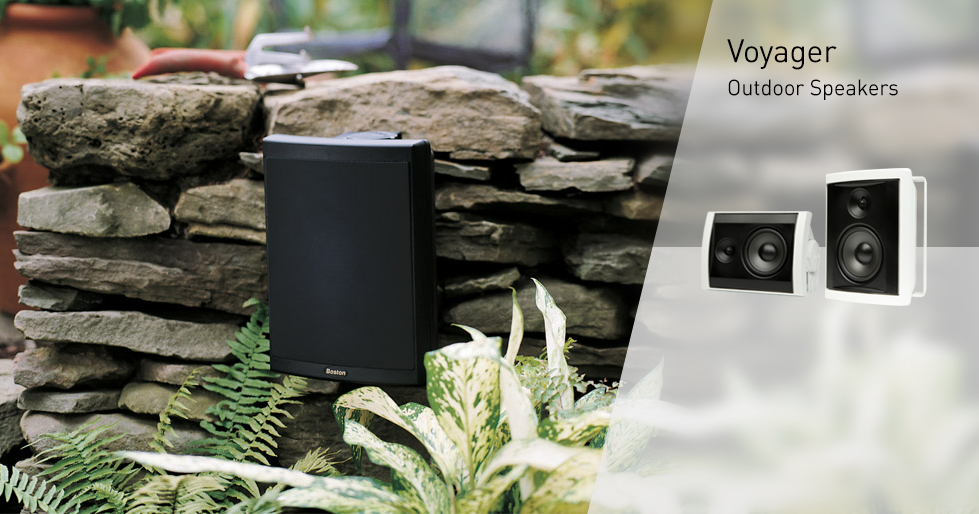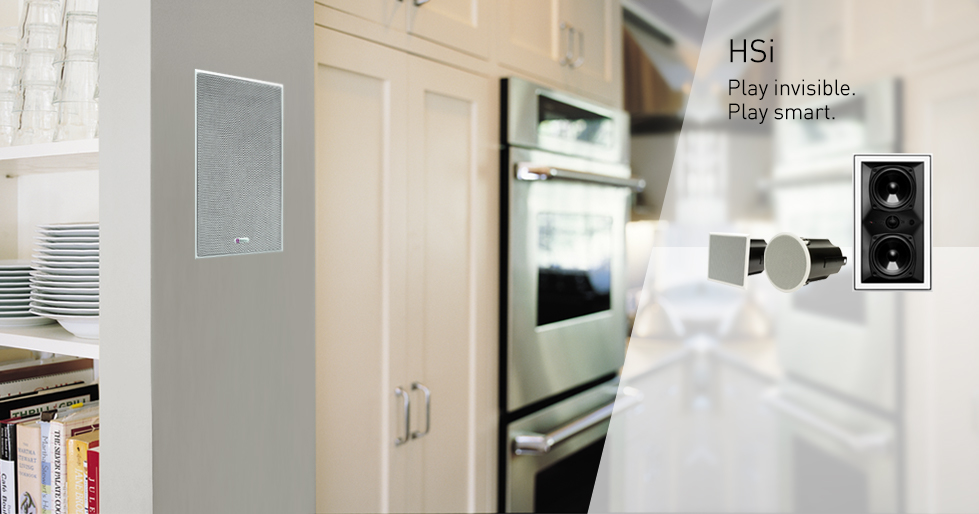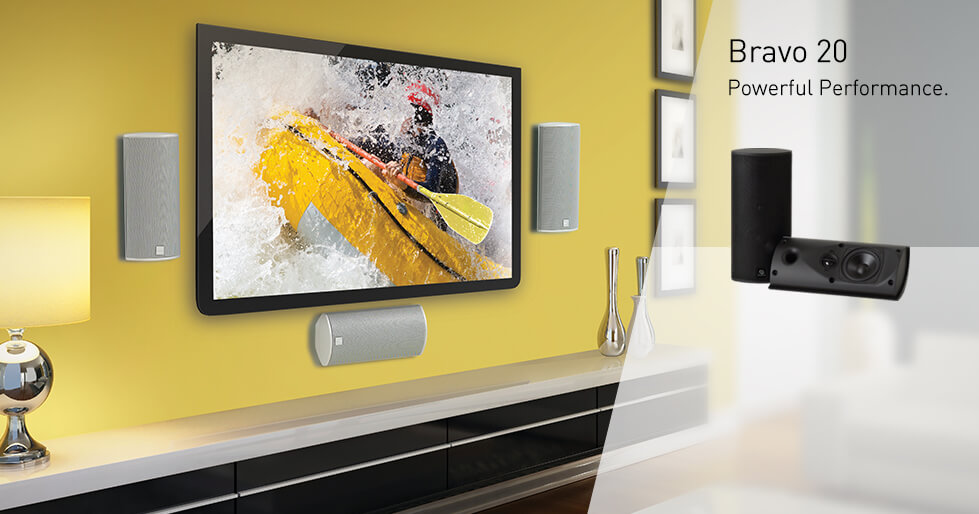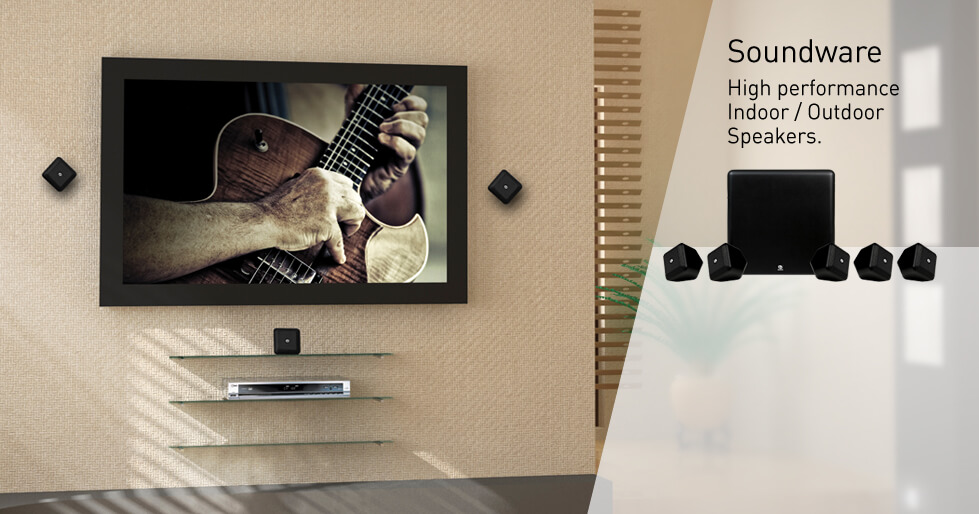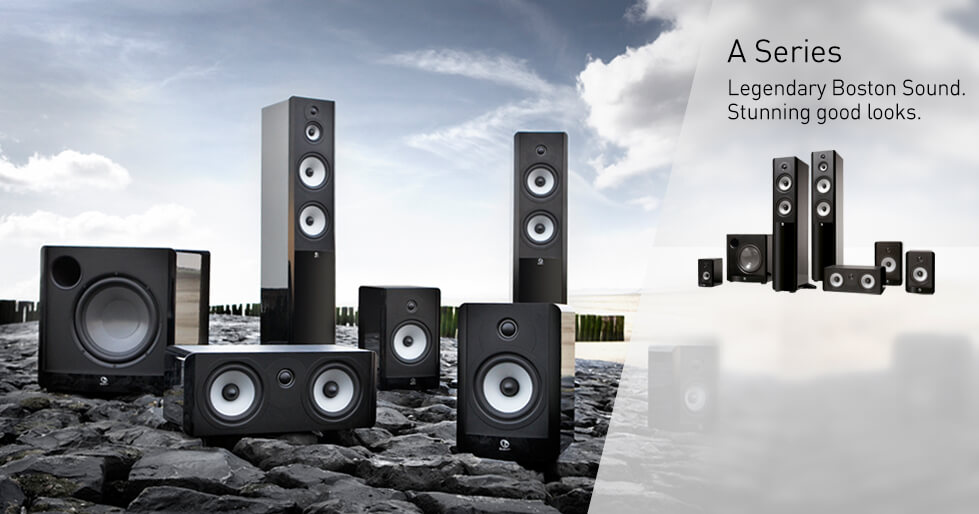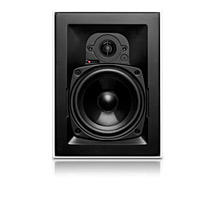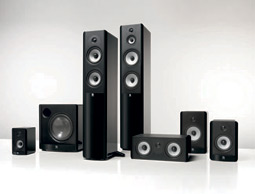
A Series
Our design goal was to offer Boston’s legendary sound, exceptional quality, modern styling, and enduring value.Housed in stunning high-gloss scratch-resistant cabinets with contrasting textured finish and magneticgrilles, A Series loudspeakers look great in any room’s décor.
Learn MoreOur history
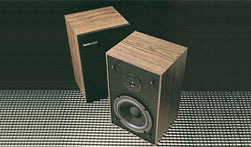
Founded in 1979, Boston Acoustics is a world-renowned manufacturer of innovative home entertainment solutions and high performance loudspeakers.For over 3 decades Boston Acoustics’ unwavering commitment to deliver superior and innovative audio solutions of exceptional value has set us apart.Boston Acoustics continues to deliver advanced, user-friendly, and great sounding audio products at an outstanding value.
Learn More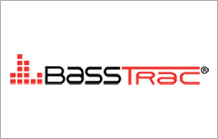
Technology Spotlight
BassTrac® This proprietary circuit tracks and controls low frequencies to keep the bass clean, tight, and distortion-free at all listening levels.
Voyager 60 Outdoor Speakers
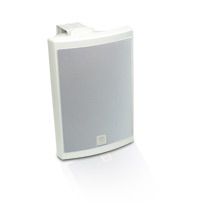
Boston Voyager Speakers are designed to blend gracefully with virtually any outdoor setting and are specially voiced for open-air environments. These tough and durable outdoor speakers feature rustproof hardware and connectors, powder-coated aluminum grilles, UV-resistant polypropylene cabinets, and are designed to withstand the harshest weather and temperature extremes
Learn More
